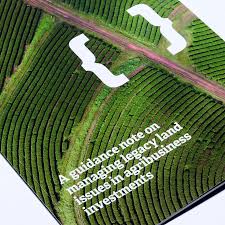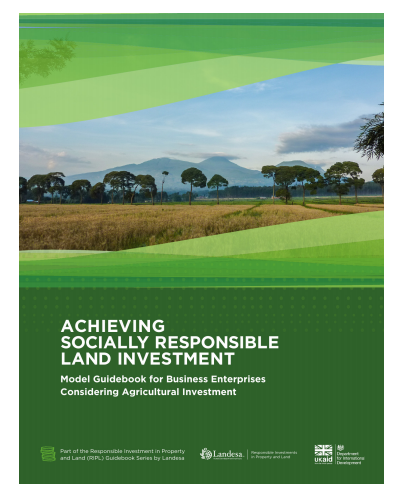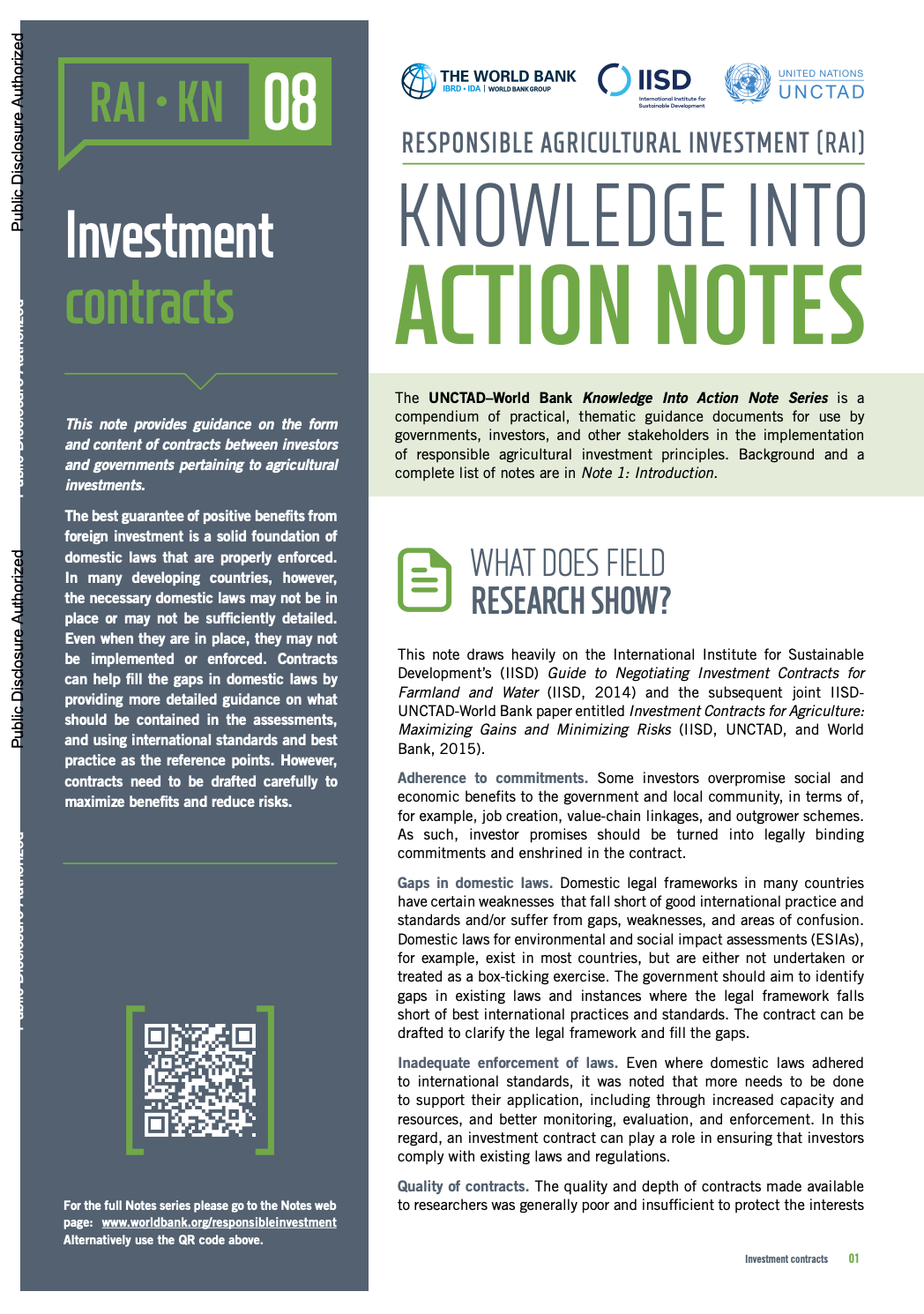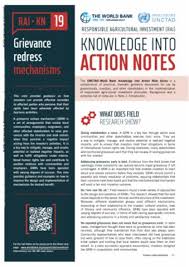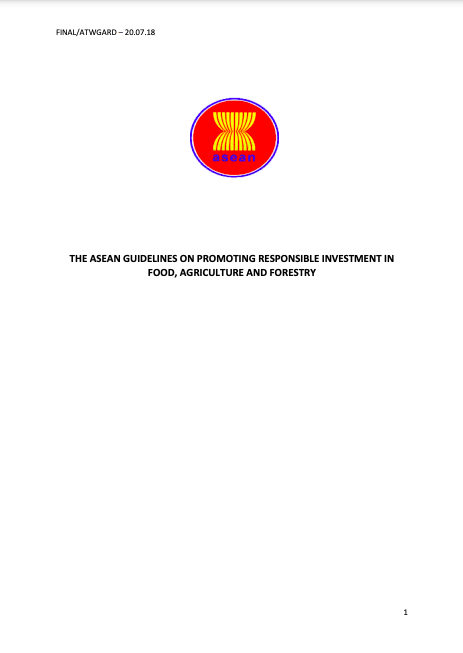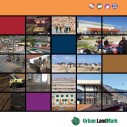Land speculation and householder polarization in the Mekong Delta of VietnamA case study in the former area of the Hoa Duc and Bau Mon hamlets
This paper describes the result of investigations and research studies conducted targeting the old site of Hoa Duc and Bau Mon Hamlets, Hoa An Village, Phung Hiep District in Hau Giang Province, Vietnam (Can Tho until 2002), which has been the site of an investigation by the authors since 1993. The authors conducted an entire household survey targeting more than three hundred households in the same area, four times in 1993, 1997, 2002, and 2011, in cooperation with Can Tho University.


